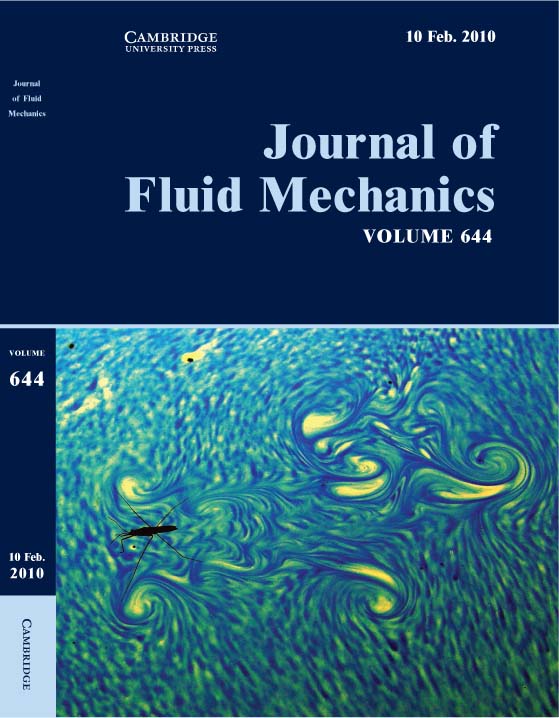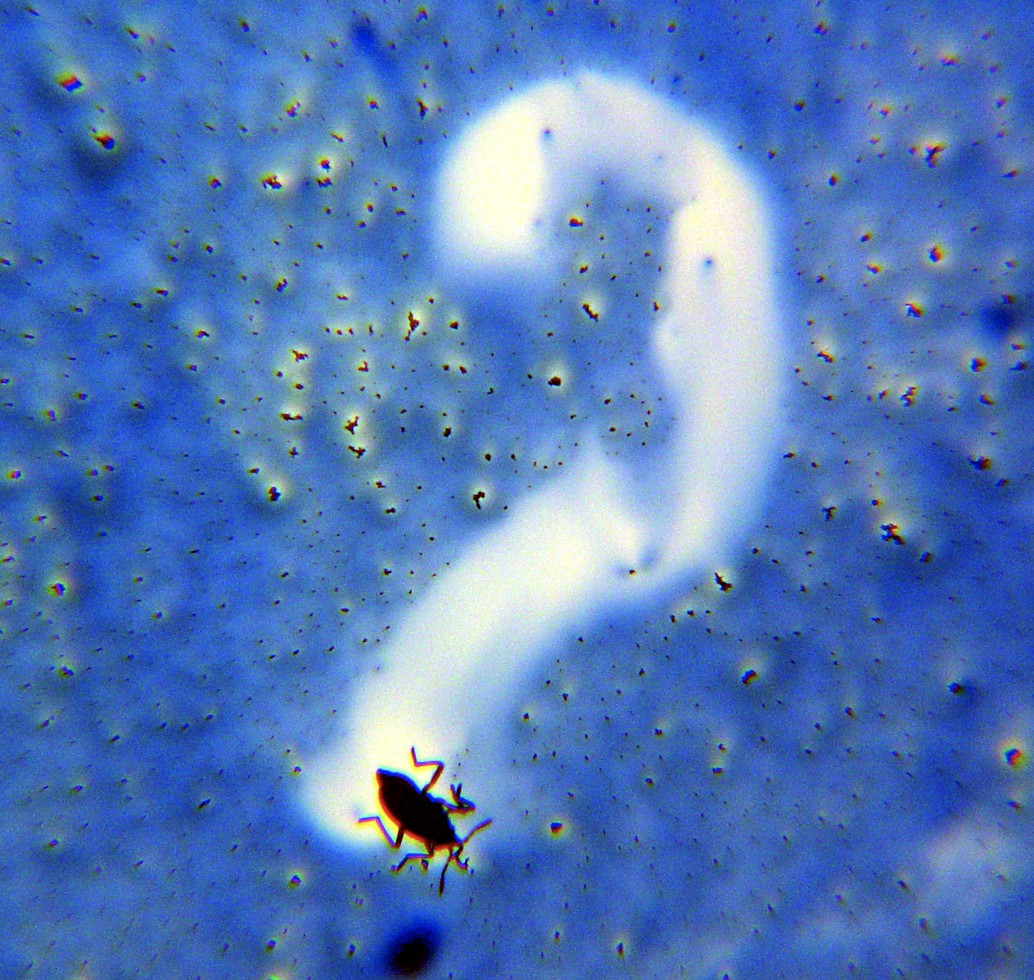
We present the results of a combined experimental and theoretical investigation of the dynamics of water-walking insects and spiders. Using high-speed videography, we describe their numerous gaits, some analogous to those of their terrestrial counterparts, others specialized for life at the interface. The critical role of the rough surface of these water walkers in both floatation and propulsion is demonstrated. Their waxy, hairy surface ensures that their legs remain in a water-repellent state, that the bulk of their leg is not wetted, but rather contact with the water arises exclusively through individual hairs. Maintaining this water-repellent state requires that the speed of their driving legs does not exceed a critical wetting speed. Flow visualization reveals that the wakes of most water walkers are characterized by a series of coherent subsurface vortices shed by the driving stroke. A theoretical framework is developed in order to describe the propulsion in terms of the transfer of forces and momentum between the creature and its environment. The application of the conservation of momentum to bio locomotion at the interface confirms that the propulsion of water walkers may be rationalized in terms of the subsurface flows generated by their driving stroke. The two principal modes of propulsion available to small water walkers are elucidated. At driving leg speeds in excess of the capillary wave speed, macroscopic curvature forces are generated by deforming the meniscus, and the surface behaves effectively as a trampoline. For slower speeds, the driving legs need not substantially deform the surface but may instead simply brush it: the resulting contact or viscous forces acting on the leg hairs crossing the interface serve to propel the creature forward.
See paper here: Hu & Bush (2010)
